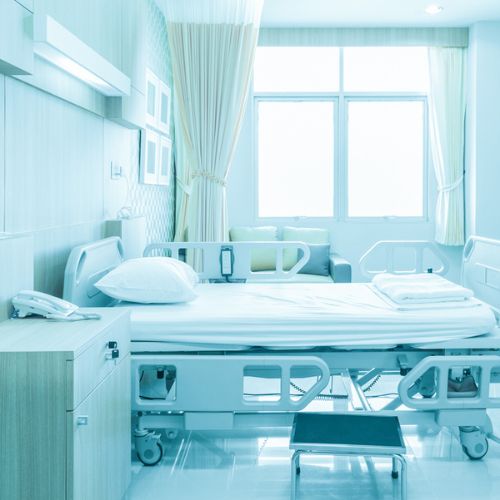Infection prevention is not sole responsibility of doctors, nurses or healthcare centers. Raised prevalence of Health Acquired Infections has initiated global concern to control these infections in physical environment. Increased number of public outbreaks has promoted strict regulations and devised amendments to control them. Different healthcare managers and agencies are taking measures to improve quality life of patients and associated members.
The infections from the physical environment can be serious threat to certain patients that already have low immunity such as immunocompromised patients. For instance, take Aspergillus niger, during the construction or renovation, the most common outbreak in hospitals is of Aspergillus. Recent studies have indicated, every year 5,000 deaths are due to construction related infection in healthcare set-ups. The immunocompromised patients are extremely vulnerable, especially those going under transplant face a mortality between 74 to 92% because of Aspergillus infection.
The risk is not only from one type of fungi, like Aspergillus, but also from Hospital-acquired Legionnaires’ disease. Hospital-acquired Legionnaires’ disease (caused by Legionella bacteria) has mortality rate for 40%, which means it is twice deadly in comparison to the community-acquired Legionnaires’ disease. The rates are mere representation for the vulnerable conditions of patients admitted to the hospitals and further underlines the importance to control the infection spread.
The most prominent case study that came across was the outbreak of fungal meningitis (2012), in New England Compounding Center (NECC). The failure to maintain the physical environment hygiene lead more than 800 illness cases just because of one fungal infection, while 65 died.
This outbreak has shed light on the measures taken by the healthcare centers as well as infection control practitioners can take to control the risks of physical environment-related infections. While serious regulations needed to be taken to avoid such aftermaths in future.
Let’s discuss few responsibilities the infection control department need to be taken in longer terms. First and foremost is carrying out proper research to understand the threat physical environment can play in the spread of infections. Once the risks are properly studied and assessed mitigation plans needed to be put into action. Facility managers need to help foster communication between departments and individuals. Without proper communication the designation and responsibilities enacted to the individuals cannot be properly managed.
Next, while patient’s health and safety is top priority of healthcare centers, it is also important for the imposing regulatory and accreditation agencies to maintain their compliance with higher authority such as facility directors and chief executive officers (C.E.Os). There are certain areas where risk rate is quite high, thereby, facility mangers and infection control department not only need to be aware of, but rather take steps to prevent those risks.
The four areas are:
- Improper pressurization and ventilation
- Construction site isolation
- Legionella growth
- Sterile drug compounding contamination
Infection prevention and control practices are imperative in keeping safe environment for patients by reducing the risk of the potential spread. Protector® Antimicrobial Disposable Range with built-in Antimicrobial properties can help us resolve all these problems. The antimicrobial ranges can provide maximum protection against a wide range of microorganisms in healthcare set-ups.
These solutions enable us to prevent microbial growth & buildup and are 99.99% effective against various microorganisms such as Bacteria, Yeast, Fungi, Mould and Viruses. This technology conforms to ISO 22196, and ASTM E 2180 for its antimicrobial performance. These solution and regulations are design to reduce the risk of hospital acquired infections and possibly ensure the safety of patients, healthcare providers and visitors in healthcare centers.












